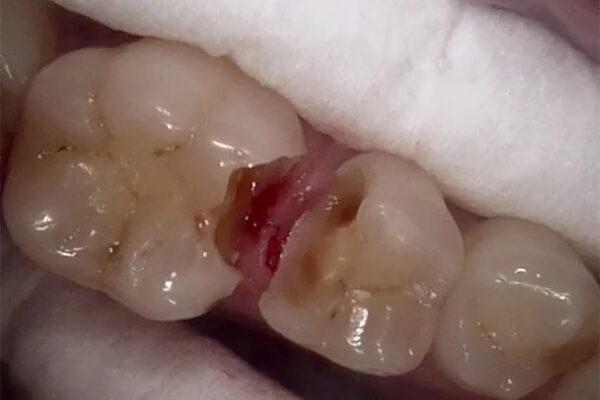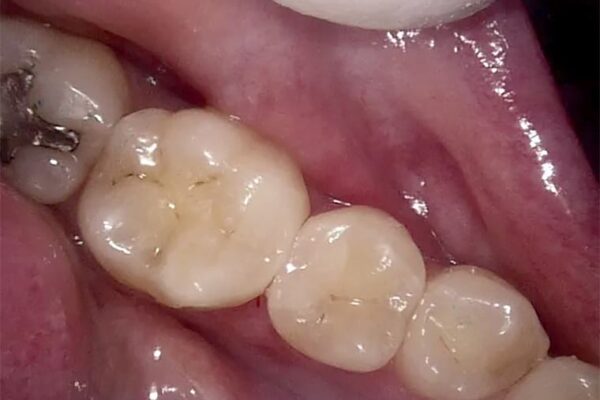This procedure relies on a bonding process that literally “glues” your filling to your tooth. This can actually act to strengthen your tooth, up to a point. When there is not enough structure to be confident in a long lasting filling, your dentist may discuss the need to look into a crown or onlay to support the tooth.
Technology has improved over time to offer various options to restore your teeth, but none of these are perfect, and none will last a lifetime. Most filling materials will only last 5-15 years. Fillings can last much longer if the area they are filling is not load-bearing, but it is important to realise that restoring a tooth with decay is about trying to recover from a severely weakened tooth that has had its integrity completely compromised.

